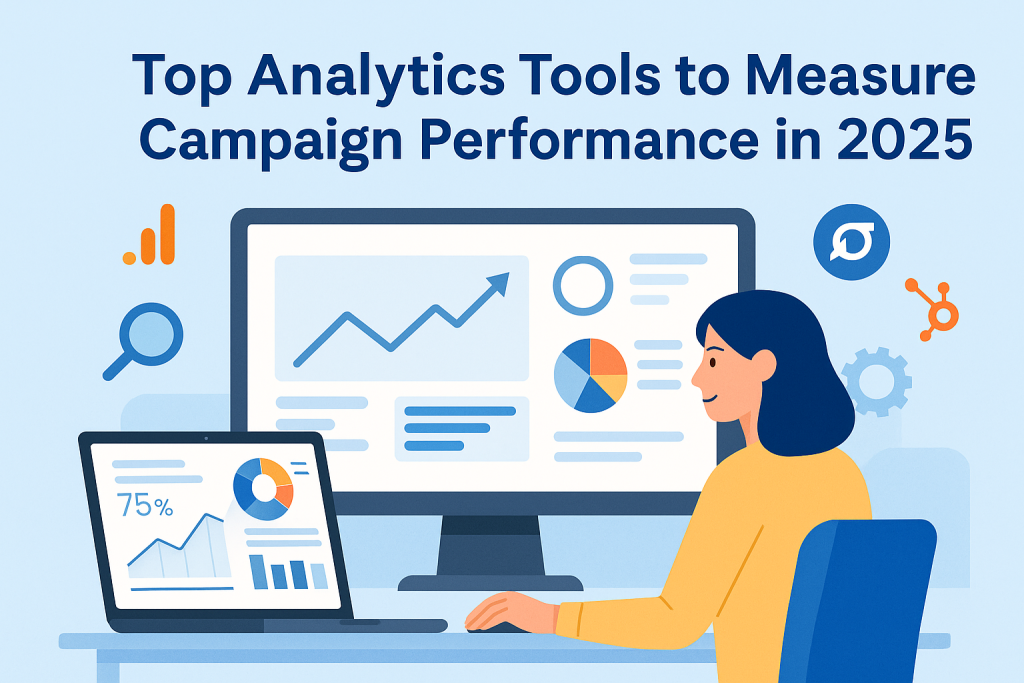
2025 is here, and marketing initiatives are trickier than ever, with an emphasis on omnichannel tactics, AI-based personalization, and real-time engagement. As these trends continue, marketers require precise, efficient analytics to monitor campaign effectiveness. Without them, there’s no way to figure out what’s working, what’s not and what to tweak to end up with a better ROI. This ultimate guide will provide you with some of the best analytics tools to measure campaign performance in 2025. As a small business owner, a digital marketer, or a large corporate, so many of the right tools could make or break your campaigns to report what campaigns for you.
Why You should Have Analytics Software To Follow The Performance Of Your Campaigns
Ignoring campaign performance is no longer acceptable. This is the foundation of successful marketing in 2025. As there are many touchpoints and data sources, analytics tools let you analyze your campaigns performance, including its KPIs, customer interactions, conversions and user journeys, for instance.
These tools allow you to:
- Monitor ROI in real-time
- Optimize ad spend
- Improve customer targeting
- Make data-driven decisions
- Enhance personalization and engagement
Without proper analytics, the most creative campaign can receive nothing.
Things to Look for in Analytics Tools
When choosing analytics tools to measure campaign performance, ensure they have:
- Real-time tracking
- Multi-channel reporting
- Custom dashboards
- Attribution modeling
- Integration with marketing platforms (e.g. Google Ads, Meta etc.)
- AI-based insights and predictive analytics
- User segmentation
- Data visualization tools
These are the sort of features that keep your analytics tools scalable, reliable, and action-oriented.
1) Google Analytics 4 (GA4)

Google Analytics 4 is still among the most common analytics tools to measure campaign performance. It is much more evolved in 2025 with better event tracking, AI insights, and user journey mapping.
Highlights:
- Cross-platform tracking
- Event-based data collection
- Machine learning for the forecasting of user behavior
- Google Ads and BigQuery integration
Free and suited to businesses of all sizes, GA4 packs a punch with its enterprise-grade capabilities.
2) Adobe Analytics
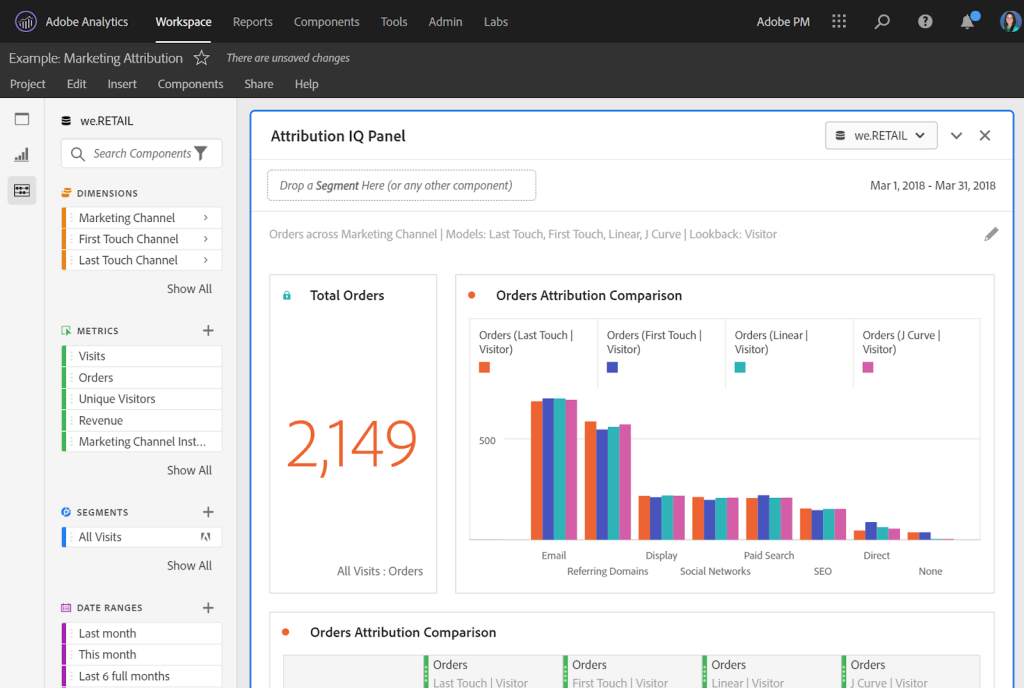
Adobe Analytics is the enterprise grade-level solution with deep level analysis of customer behavior. It is the best analytics tools to measure campaign performance.
Features:
- Advanced segmentation and cohort analysis
- Real-time data processing
- Integration with Adobe Marketing Cloud
- Predictive modeling and machine learning
The best candidates for Adobe Analytics are companies with significant data volume and many customer touchpoints.
3) HubSpot Marketing Analytics
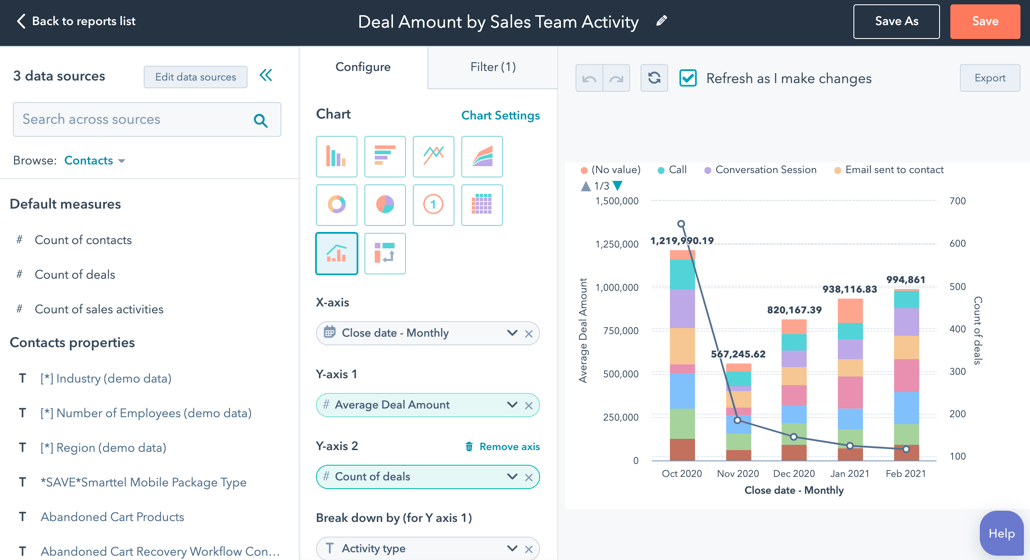
HubSpot analytics tools cater to inbound marketers. It offers rich analytics to assess the performance of your marketing campaigns, whether that’s email, SEO, or social media.
Key Benefits:
- Built-in CRM integration
- Email, social, and web analytics
- Attribution reporting
- Easy-to-use dashboards
HubSpot is perfect analytics tools to measure campaign performance for small to medium sized businesses that want everything in one place!
4) SEMrush
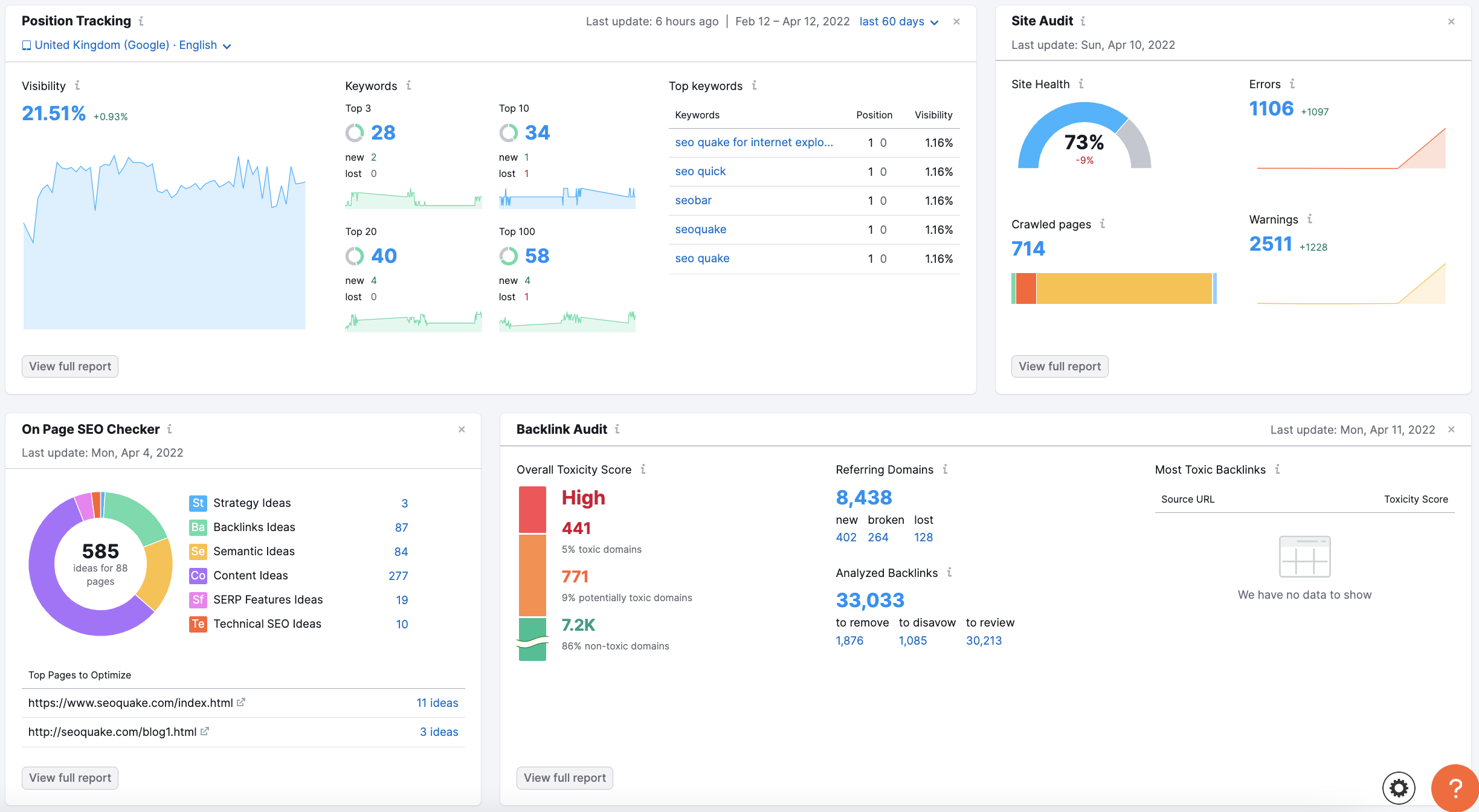
SEO and PPC analysis powerhouse SEMrush. It provides sophisticated equipment for monitoring how effective you are in your campaigns on any of the search engines or paid ad networks.
Capabilities:
- Keyword tracking and SERP analysis
- Backlink monitoring
- Traffic analytics
- Competitive intelligence
It’s one of the best analytics tools to measure campaign performance and effectiveness of a campaign if your campaigns are largely focused on search.
5) Hootsuite Analytics

2025: Social media campaigns are essential to marketing. Hootsuite Analytics provides robust cross-platform insights across Facebook, Instagram, LinkedIn, and X (formerly Twitter).
Key Features:
- Platform-specific analytics
- Engagement and reach tracking
- Social listening integration
- Scheduled reporting
Great for social media managers and content creators.
6) Tableau
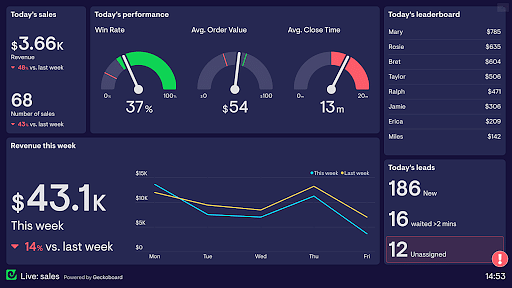
Tableau is the gold standard of data visualization platforms that can quickly make data into engaging, interactive visual stories. It isn’t specifically meant to be a marketing solution but does play well with the data sources ad-campaigns use.
Advantages:
- Custom dashboards
- Real-time updates
- Cross-channel data aggregation
- AI-driven recommendations
If you’re dealing with complex data sets, Tableau is among the top analytics tools to measure campaign performance in the market that can visually measure the performance of your campaigns.
7) Klaviyo

Klaviyo is designed for eCommerce marketers. It provides in-depth data insights for both email and SMS campaigns, prompting many Shopify and WooCommerce users to list it significantly.
Strengths:
- Revenue attribution
- A/B testing
- Segmentation insights
- Real-time activity feed
Ecommerce retailers in particular love leveraging Klaviyo for campaign performance analytics.
8) Mixpanel
Mixpanel is a product and user analytics product. It’s popular among SaaS companies that want to understand how users are using their product and performing in the funnel.
Notable Features:
- Event tracking
- User cohort analysis
- Funnel visualization
- Retention metrics
Great analytics tools to measure campaign performance for marketing teams looking to maximize RPM on in-app and web experiences.
9) Zoho Analytics
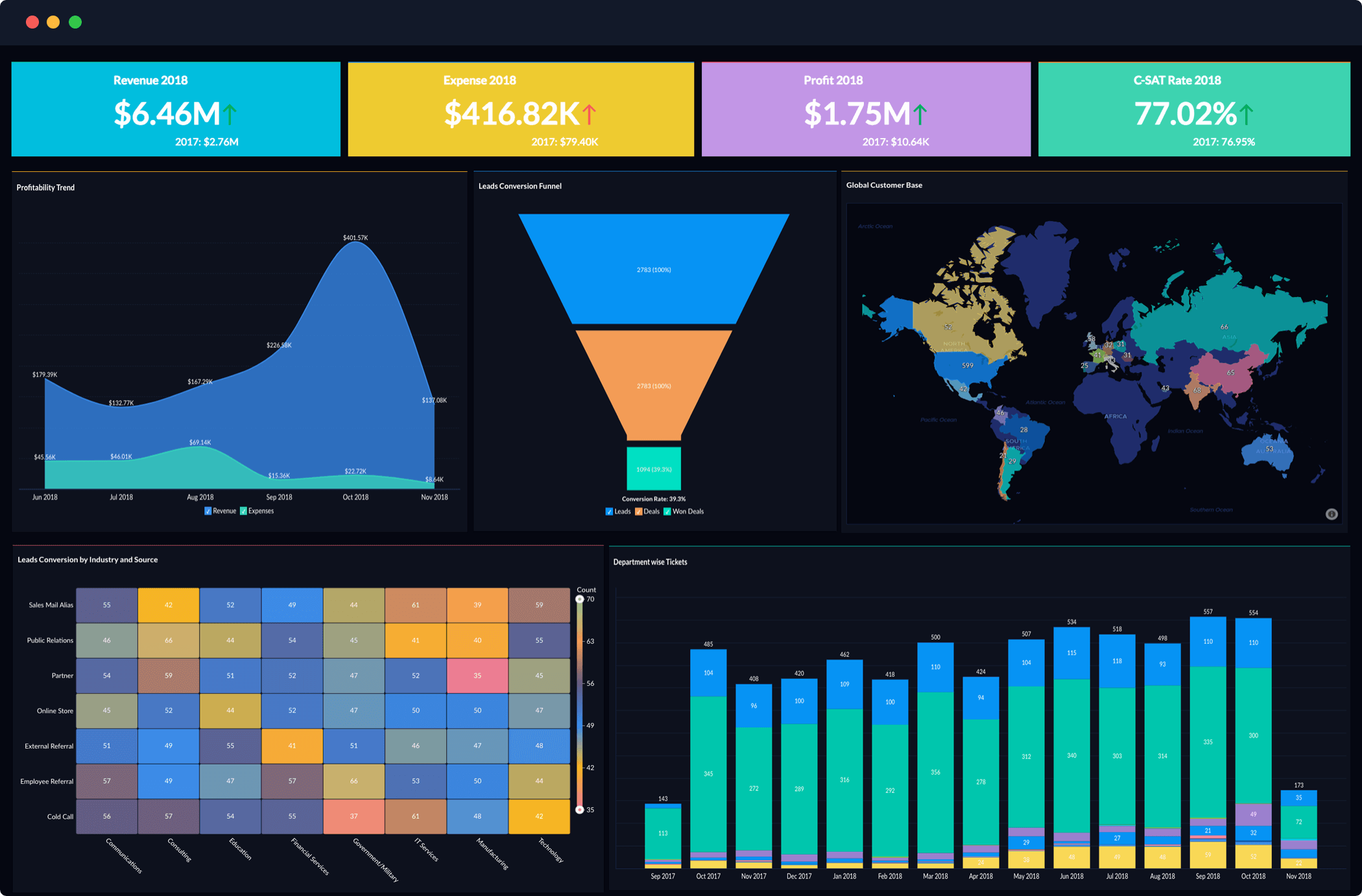
Zoho Analytics provides flexible business intelligence for tracking marketing efficiency in campaigns.
What You Get:
- Unified marketing dashboards
- Data blending from different sources
- Pre-built campaign performance reports
- AI-powered assistant for insights
Best for: Businesses already equipped with Zoho CRM and related tools.
10) Sprout Social

Sprout Social offers a complete view of your social campaign performance. It was designed with collaboration and reporting in mind, so it’s great for teams.
Highlights:
- Customizable reports
- Influencer tracking
- Sentiment analysis
- Campaign tagging and comparison
Sprout Social is among my favorite social media campaign performance analytics tools to use.
Bonus Tool: Supermetrics
It works as a data pipeline that connects your marketing platforms to your reporting tools like Google Sheets, Data Studio, Excel, etc.
Why Use It:
- WhoFish Extracts information online from multiple sources
- Centralizes your campaign data
- Supports dozens of integrations
It’s ideal for agencies and analysts who create custom marketing reports.
READ ALSO: How to Pick an Analytics Tool for Your Campaigns
The best analytics tools to measure campaign performance vary according to what you need:
- Budget: Free tools (like GA4) vs. paid tools (like Adobe Analytics)
- Channels: SEO, email, social, or omnichannel?
- Team size: 1 (Solo) marketer vs. entire marketing department
- Integration requirements: Will it need to be compatible with your CRM or other sales solutions?
- User friendliness: Some have easier-to-use tools than others
Be sure to experiment or try some trial’s with what suits you best within your team workflow.
Common Mistakes to Avoid
- Ignoring attribution models
- Failure to set up tracking (UTMs, goals, events)
- Depending on a single source of truth
- Overlooking real-time metrics
- Not Measuring KPIs Vs Campaign’s Goals
Leveraging analytics tools to measure campaign performance for how well a campaign for good isn’t just about tracking all the data possible but ensuring It’s the right data being read in the first place.
Conclusion: Succeeding in Campaign Performance in 2025
In today’s digital Vorpal with my red eyeMaschine414.source.afns-dov @tronball1717 #trn #ball #baller #blue #red #bluehair #redeye #machines #afnsdovYou will believe a man can fly. Using the top analytics tools to track how your campaign is performing, you can refine your strategy, get more of your audience involved, and boost your ROI considerably. From GA4 and SEMrush to Klaviyo and Tableau, the perfect tool can change your entire marketing process.
